 1990 Audi 100 (4A,C4) Dimensions, Size & Specs
1990 Audi 100 (4A,C4) Dimensions, Size & SpecsMeasurements of the 1990 Audi 100, engineered for optimal performance and comfort
| Dimensions | |
|---|---|
| Length: | 4790 mm188.6 in15.7 ft |
| Width: | 1777 mm70.0 in5.8 ft |
| Height: | 1431-1437 mm56.3-56.6 in4.7-4.7 ft |
| Trunk Capacity: | 510 liter18.0 cu ft |
| Weight Specifications | |
| Curb Weight: | 1310-1500 kg2888-3307 lbs |
| Maximal permitted Weight: | 1860-2050 kg4101-4519 lbs |
| Tire Specifications | |
| Rims Size: |
|
| Tire Sizes: |
|
The Audi 100 (4A, C4) generation, produced between 1990 and 1994, represents a classic mid-size sedan that blends comfort, style, and practicality. Measuring 4790 mm (188.6 inches) in length, 1777 mm (69.9 inches) in width, and ranging from 1431 to 1437 mm (56.3 to 56.6 inches) in height, the Audi 100 (C4) offers a spacious and aerodynamic profile typical of early 1990s executive sedans. Its curb weight varies between 1310 and 1500 kg (2888 to 3307 lbs), while the maximum permissible weight ranges from 1860 to 2050 kg (4101 to 4519 lbs), reflecting its solid build and capability to carry passengers and cargo comfortably. The luggage compartment provides a generous 510 liters (18 cubic feet) of storage space, suitable for everyday use and longer trips. The vehicle rides on 15-inch rims fitted with tire sizes 195/65 R15 or 195/60 R15, balancing ride quality and handling. This Audi 100 generation sets a benchmark for its era, combining European design sophistication with practical dimensions that accommodate drivers seeking a reliable, spacious sedan. Whether for city driving or highway cruising, the Audi 100 (4A, C4) remains a noteworthy model in Audi's lineup for its size, comfort, and utilitarian features.
Discover the standout features that make the 1990 Audi 100 a leader in its class
Have a question? Please check our knowledgebase first.
The Audi 100 (C4 generation, produced from 1990 to 1994) is a midsize sedan with a length of 4790 mm (188.6 inches), a width of 1777 mm (69.9 inches), and a height ranging between 1431 mm to 1437 mm (56.3 to 56.5 inches). These dimensions reflect a car designed to comfortably accommodate passengers while maintaining a sleek profile typical of early 1990s executive sedans.
The curb weight of the Audi 100 (C4, 1990-1994) varies between 1310 kg (2,888 lbs) to 1500 kg (3,307 lbs), depending on the engine and trim level. Its maximum permissible weight ranges from 1860 kg (4,101 lbs) to 2050 kg (4,519 lbs). This range means the vehicle is robust enough to carry passengers and cargo safely within these limits without compromising handling or safety.
The Audi 100 (C4) offers a luggage capacity of 510 liters (18 cubic feet), which is quite spacious for a midsize sedan from the early 1990s. When compared to similar competitors like the BMW 5 Series (E34) or Mercedes E-Class (W124) of the time, the Audi's trunk space is competitive, providing ample room for family trips or business use while maintaining a balance between passenger comfort and storage.
Yes, the Audi 100 (C4) fits comfortably into a standard residential garage. With dimensions of 4790 mm (188.6 inches) length and 1777 mm (69.9 inches) width, it meets the typical garage space requirements, which generally accommodate vehicles up to about 5 meters (16.4 feet) long and 2.5 meters (8.2 feet) wide. This makes it practical for everyday use without requiring special parking arrangements.
The Audi 100 (C4) comes equipped with 15-inch rims paired with tire sizes 195/65 R15 or 195/60 R15. These sizes offer a good balance between ride comfort and handling performance. The 195 mm width tires provide adequate road grip, while the sidewall heights of 65 and 60 ratios contribute to absorbing road shocks effectively, thus ensuring a stable and comfortable driving experience typical for luxury sedans of the period.
With a height ranging from 1431 mm to 1437 mm (56.3 to 56.5 inches), the Audi 100 (C4) offers sufficient headroom for front and rear passengers, contributing to a spacious and comfortable cabin environment. This moderate height combined with well-designed interior ergonomics ensures passengers can enjoy long drives comfortably, which is a hallmark of this model's executive sedan class.
Compared to its predecessor, the Audi 100 (C3, produced 1982-1990), the C4 generation is notably larger and more modern in design. The C4 increased in length to 4790 mm (from around 4670 mm), providing more interior space and a larger footprint for stability. It also featured a more aerodynamic shape and refined proportions, enhancing both aesthetics and performance. The width and height saw slight increases contributing to greater comfort and road presence.
When compared with peers like the BMW 5 Series E34 and the Mercedes-Benz W124 E-Class, the Audi 100 (C4) stands out slightly with its longer length of 4790 mm, surpassing the 5 Series' approximate 4700 mm length but being comparable to the W124. Width and height are similar across these models. This places the Audi comfortably within the midsize luxury sedan segment, with enough space and road presence to compete effectively.
The Audi 100 (C4) introduced a major leap forward in design and engineering for the model line. It emphasized aerodynamic efficiency with a drag coefficient of around 0.30, improved body rigidity, and advanced suspension technology for superior ride comfort and handling. The model integrated several safety features for the era, while modernizing the interior layout. These innovations helped maintain Audi’s reputation for combining prestige, performance, and practicality.
With a curb weight between 1310 kg and 1500 kg (2888 - 3307 lbs) and maximum weight capacity ranging from 1860 kg to 2050 kg (4101 - 4519 lbs), the Audi 100 (C4) strikes a balance between solidity and agility. This weight range supports good structural durability and safety without overly compromising fuel efficiency. The sedan’s size allows for generous passenger and cargo room while maintaining a manageable footprint suitable for urban and highway driving.
Discover similar sized cars.

| Production: | 2000-2001 |
|---|---|
| Model Year: | 2000 |
| Length: | 4800-4815 mm189.0-189.6 in |
| Width: | 1785-1795 mm70.3-70.7 in |
| Height: | 1430-1490 mm56.3-58.7 in |
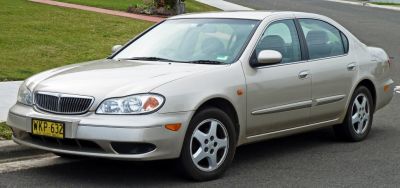
| Production: | 1999-2004 |
|---|---|
| Model Year: | 1998 |
| Length: | 4785 mm188.4 in |
| Width: | 1780 mm70.1 in |
| Height: | 1440 mm56.7 in |
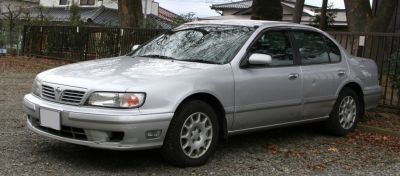
| Production: | 1994-1999 |
|---|---|
| Model Year: | 1994 |
| Length: | 4760 mm187.4 in |
| Width: | 1770 mm69.7 in |
| Height: | 1410 mm55.5 in |

| Production: | 2017-2019 |
|---|---|
| Model Year: | 2017 |
| Length: | 4810 mm189.4 in |
| Width: | 1820 mm71.7 in |
| Height: | 1440-1450 mm56.7-57.1 in |

| Production: | 2014-2017 |
|---|---|
| Model Year: | 2014 |
| Length: | 4790 mm188.6 in |
| Width: | 1820 mm71.7 in |
| Height: | 1440-1450 mm56.7-57.1 in |
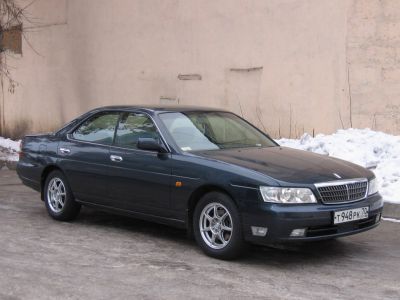
| Production: | 1997-2002 |
|---|---|
| Model Year: | 1997 |
| Length: | 4765 mm187.6 in |
| Width: | 1730 mm68.1 in |
| Height: | 1400 mm55.1 in |
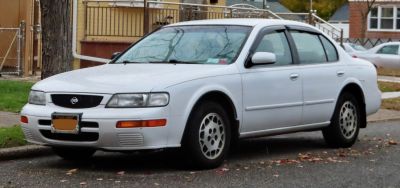
| Production: | 1995-2000 |
|---|---|
| Model Year: | 1995 |
| Length: | 4770 mm187.8 in |
| Width: | 1770 mm69.7 in |
| Height: | 1420 mm55.9 in |
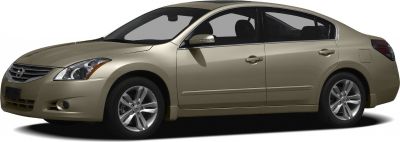
| Production: | 2007-2012 |
|---|---|
| Model Year: | 2007 |
| Length: | 4821 mm189.8 in |
| Width: | 1796 mm70.7 in |
| Height: | 1471 mm57.9 in |
